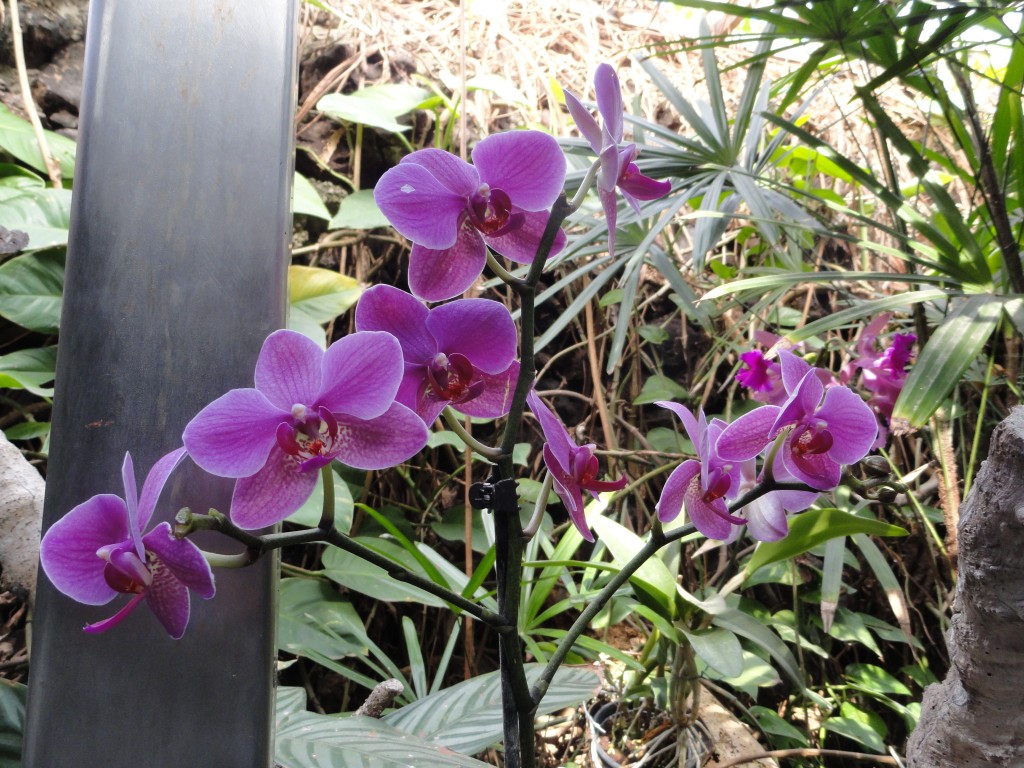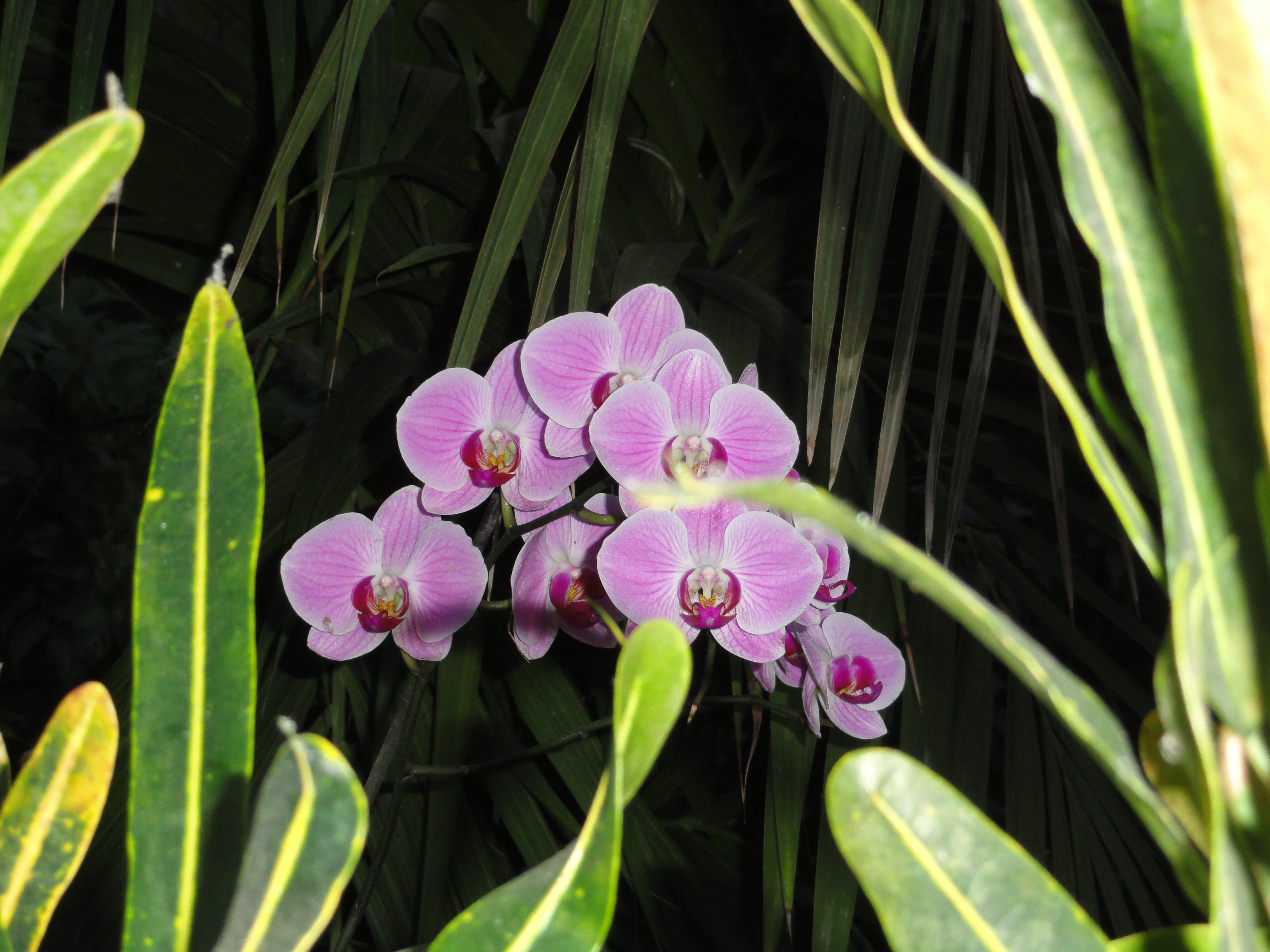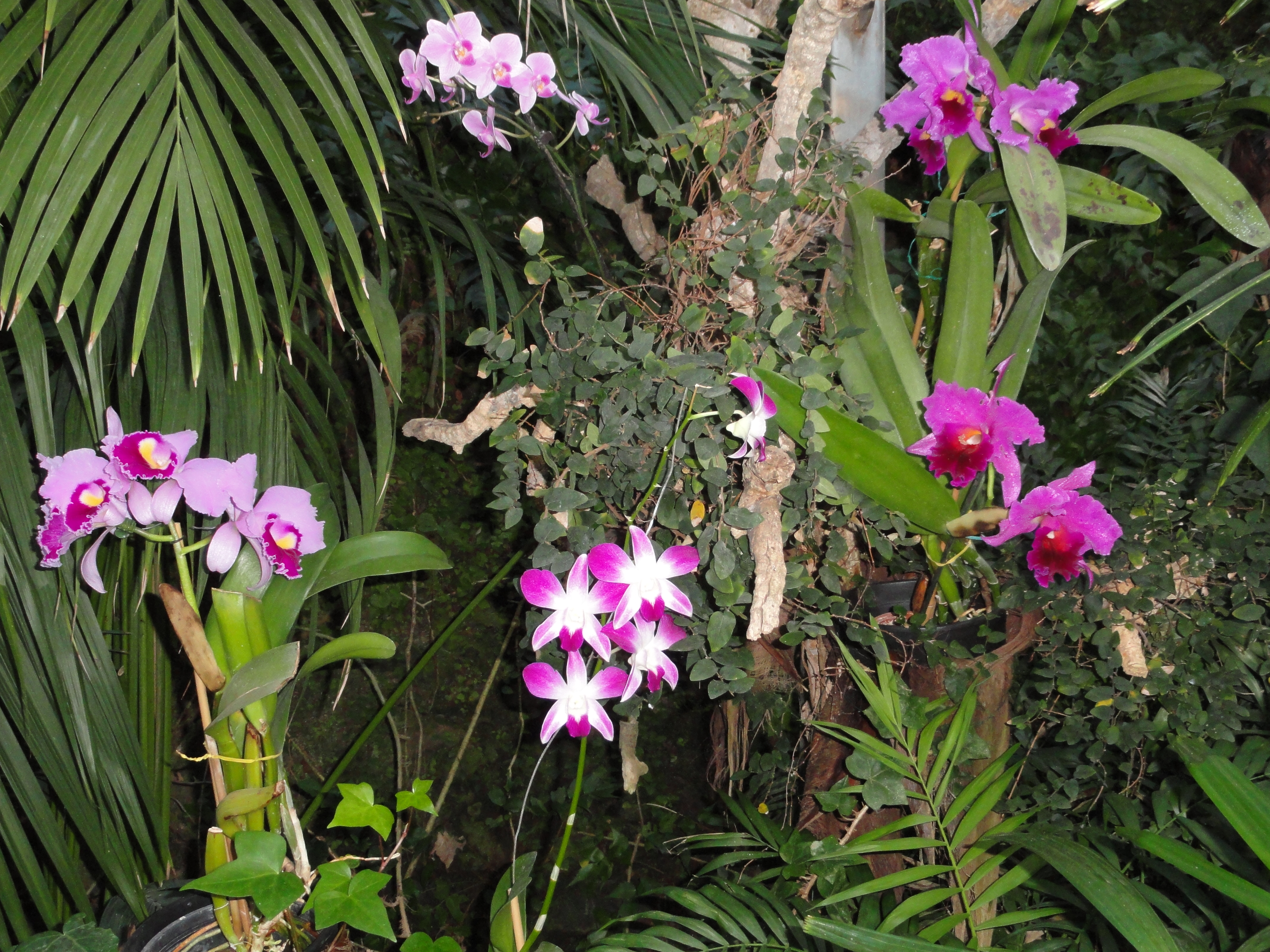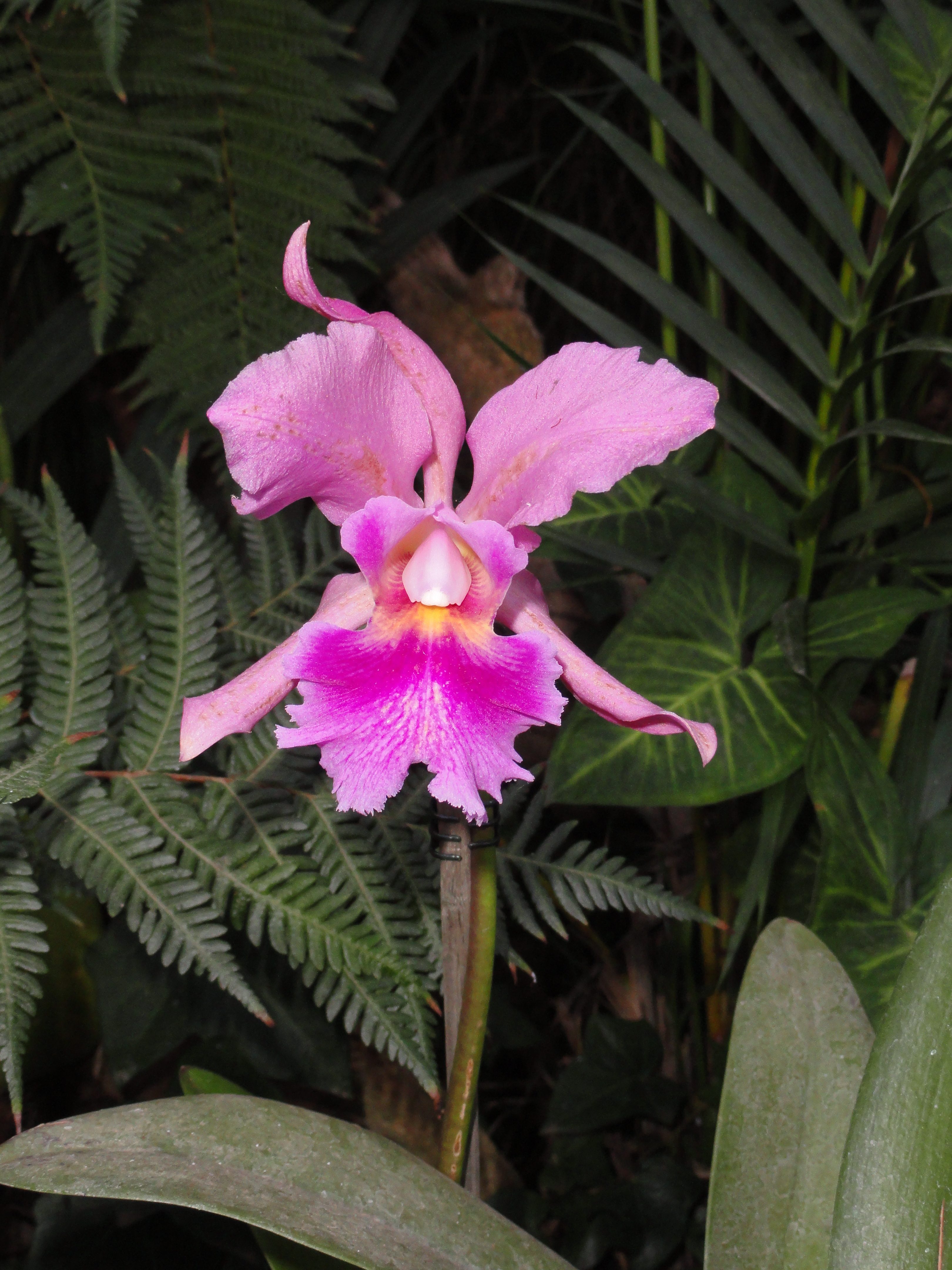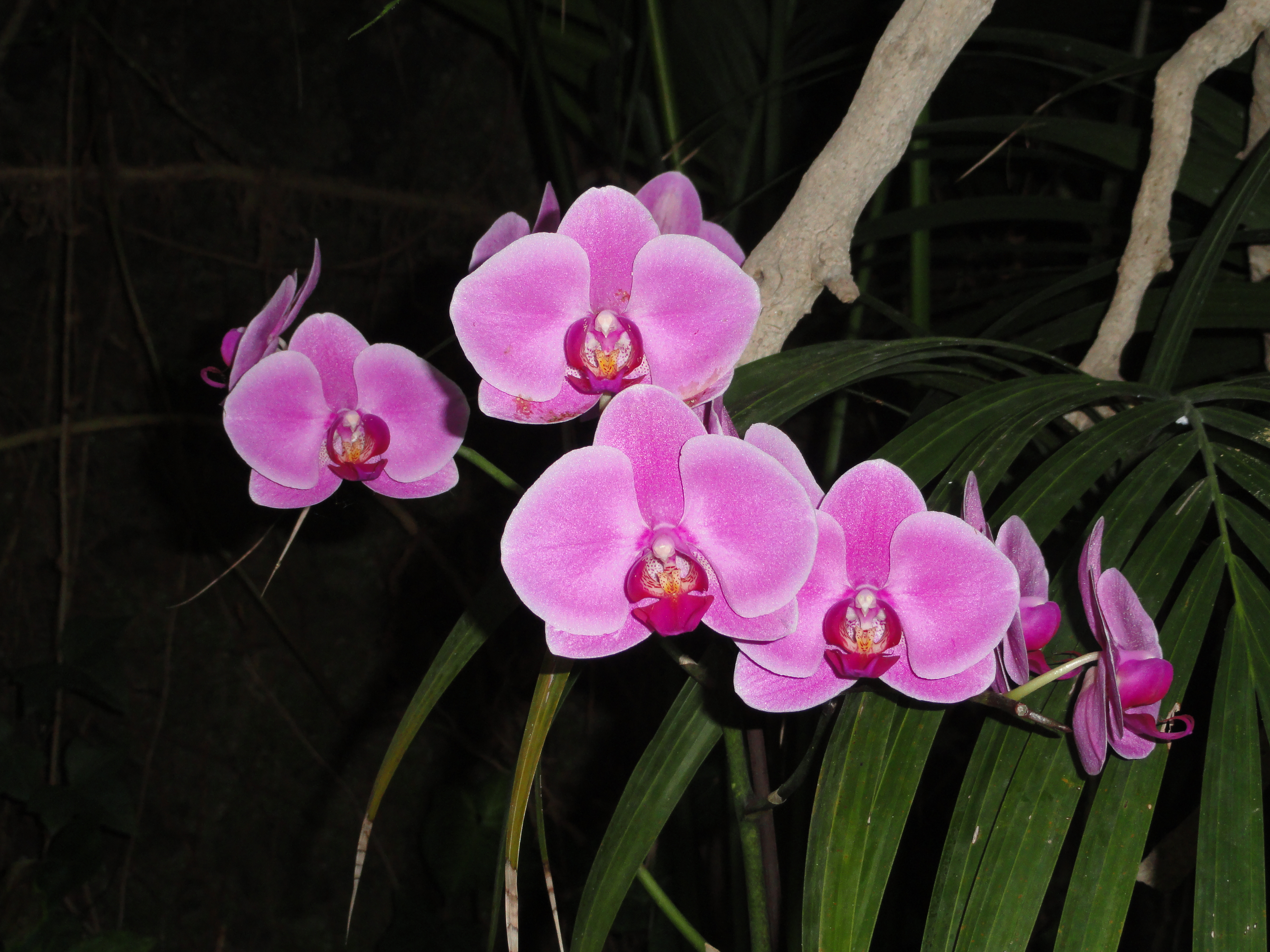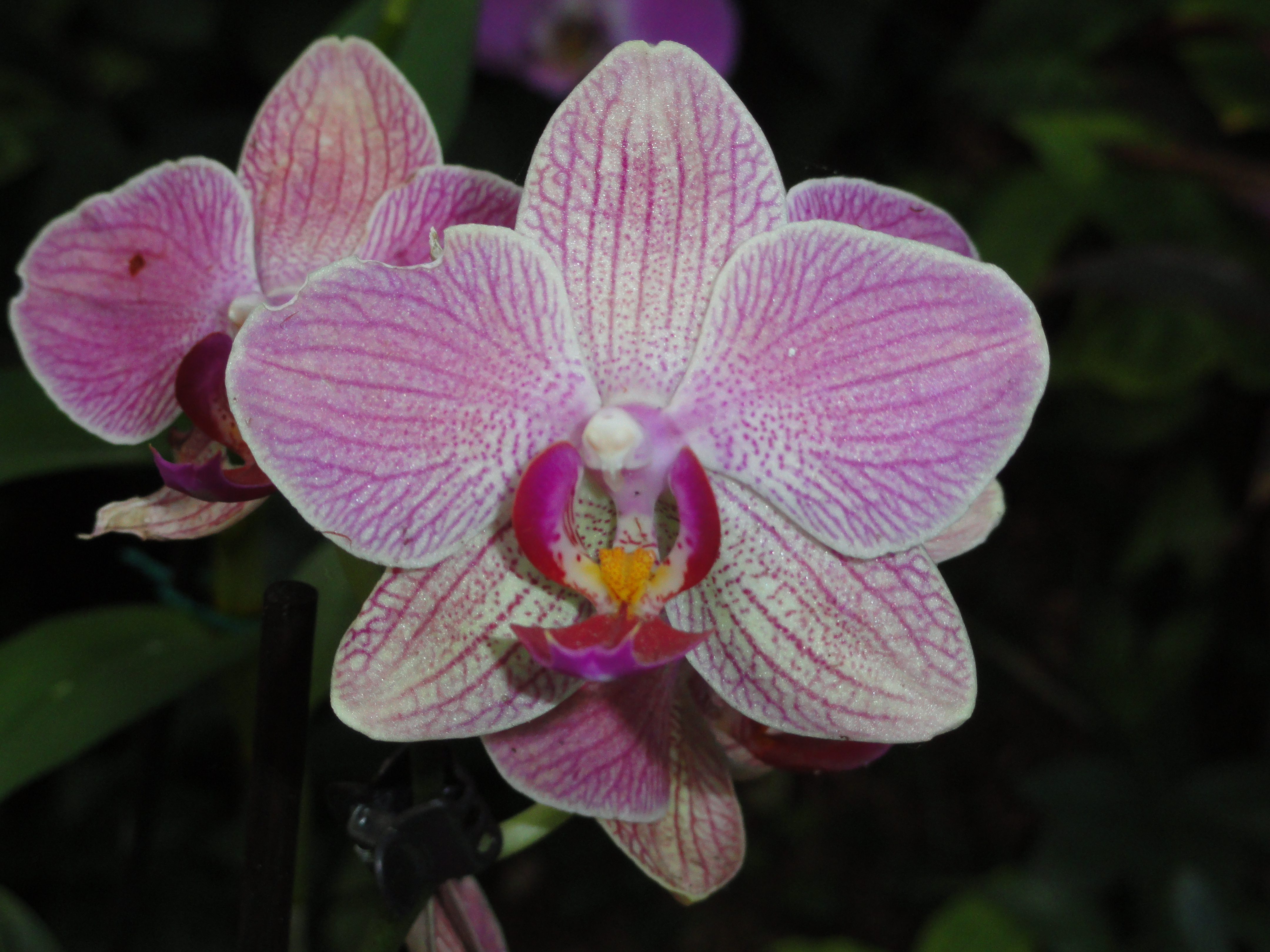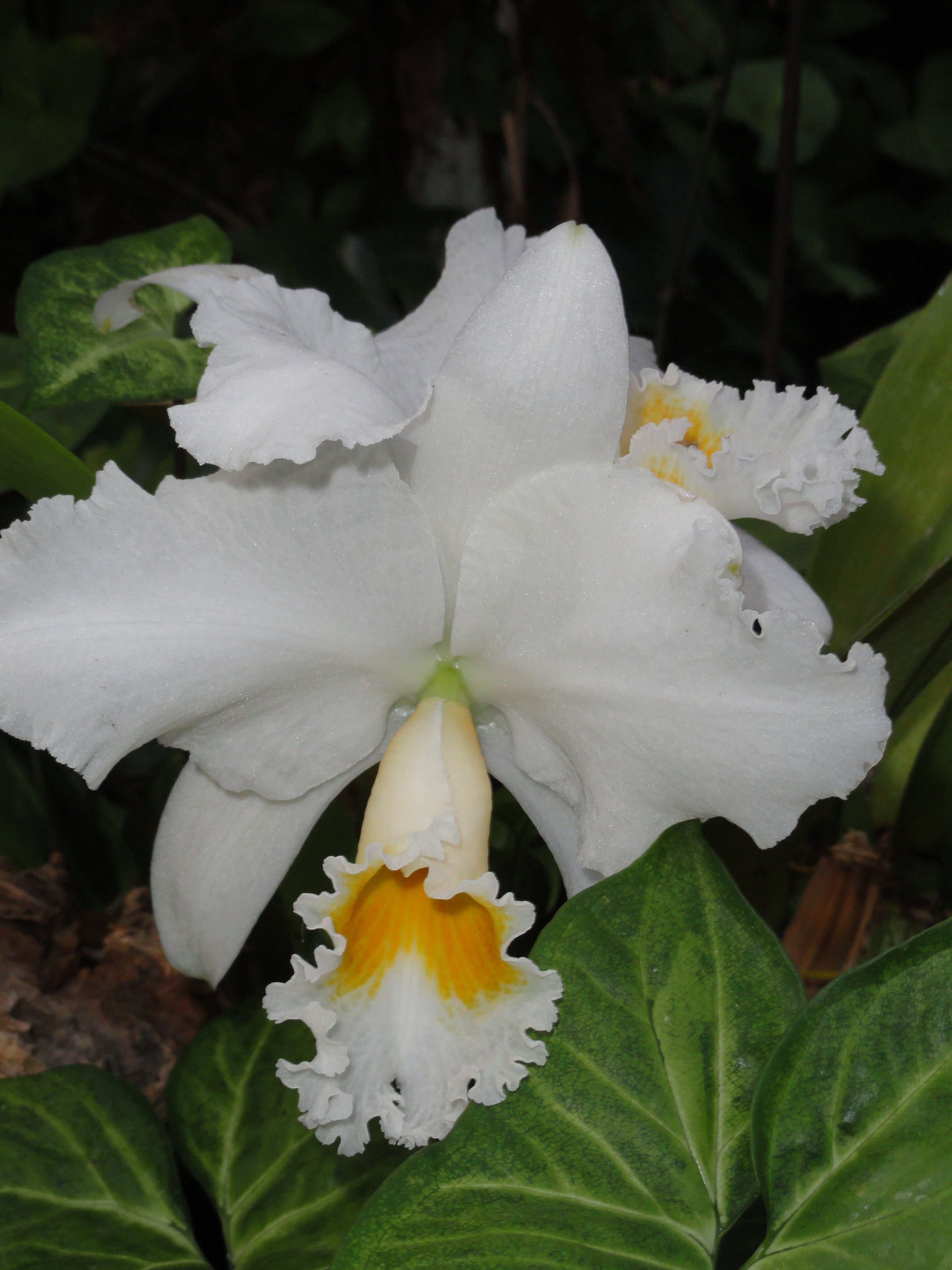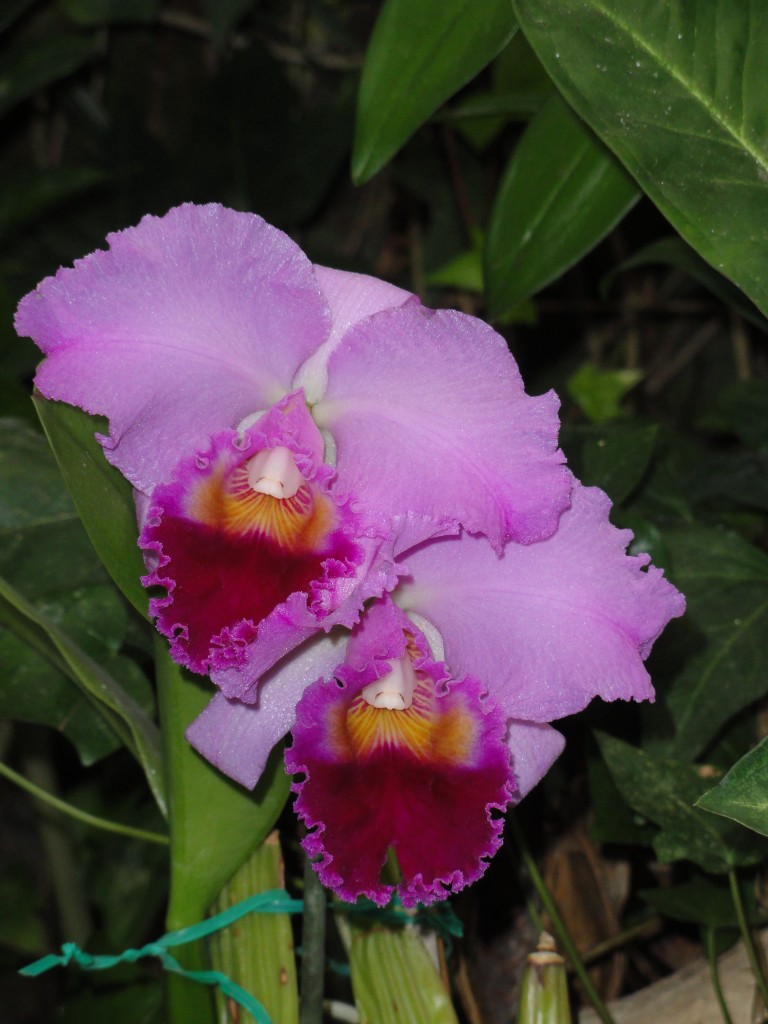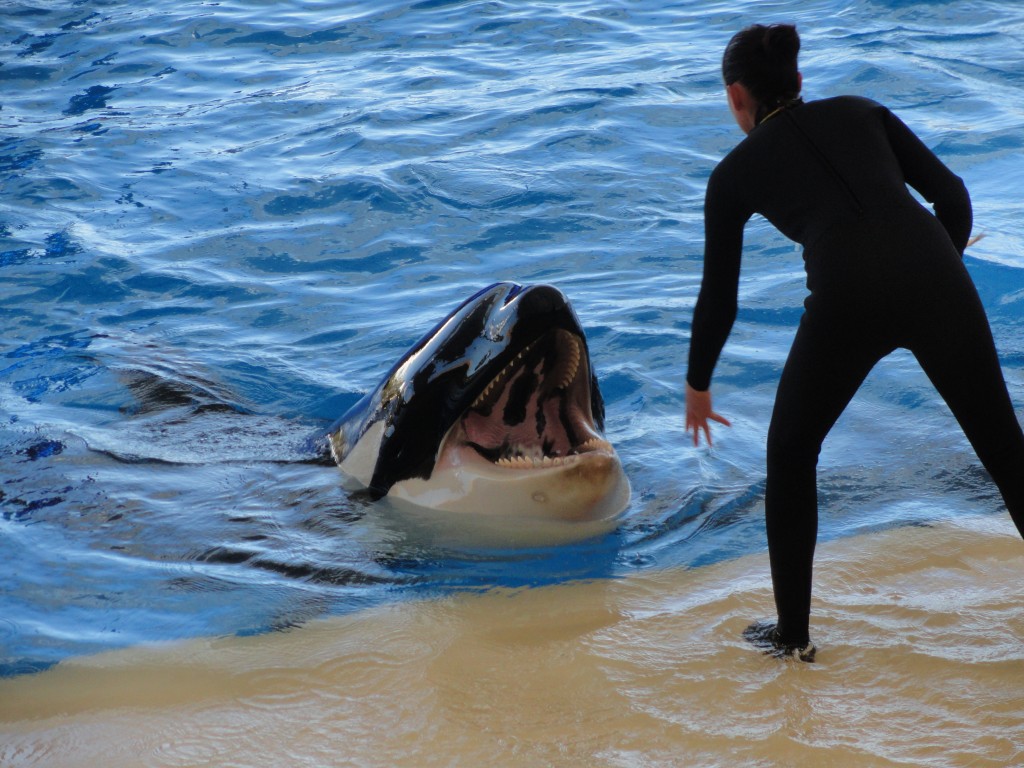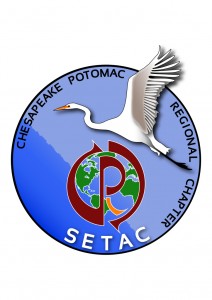 I mentioned a week or so ago that Tesla: Wizard of Electricity is scheduled to be published on June 30, 2013. The book is currently being printed and will be in the warehouse by June 20th. I can now share some additional details about the publishing process. [By the way, click on the book image (left) to get to my Facebook author’s page.]
I mentioned a week or so ago that Tesla: Wizard of Electricity is scheduled to be published on June 30, 2013. The book is currently being printed and will be in the warehouse by June 20th. I can now share some additional details about the publishing process. [By the way, click on the book image (left) to get to my Facebook author’s page.]
- The initial print run will be 10,000 books. This is considered a large printing for a non-fiction book but if it sells well – which I very much hope and expect it will – we could actually have to go to a second printing. [Hint: Get your First Edition while they last.] Interest in the man, his inventions, and his Wardenclyffe lab has been skyrocketing as of late. And with the Tesla Science Foundation expanding its plans, clearly this is a great time for Nikola Tesla.
- Tesla: Wizard of Electricity is visually pleasing. It is jam-packed with many photographs of him and his experiments, some historical and some never-before-seen. The interior is in full color and includes sidebars and pull-out quotes to make it both interesting and informative for all readers. A foil treatment on the cover should make it stand out on bookstore shelves (and your shelves at home).
- Because Sterling Publishing is a subsidiary of Barnes & Noble the book will be “on a promotion.” That means it will be placed prominently near the front of each of B&N’s 700 stores. That means high traffic and great visibility.
I’ll also have some books in my personal possession for book signings and presentation events. See my Tesla Events and Speaking Engagements page for more information on where you can find me.
So how much do people know about Nikola Tesla? Well, if you extrapolate from the video below the answer might unfortunately be, well, not as much as you might expect. I hope to change all that by bringing Tesla to the people with Tesla: Wizard of Electricity.
More on Tesla: Wizard of Electricity.
Follow me by subscribing by email on the home page. And feel free to “Like” my Facebook author’s page and connect on LinkedIn. Share with your friends using the buttons below.



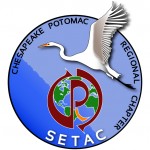 Plans are coming together for the Annual Meeting of the Chesapeake-Potomac Regional Chapter (CPRC) of the Society of Environmental Toxicology and Chemistry (SETAC). Yes, that was a mouthful, but the important point here is that CPRC has chosen Earth Day (April 22nd) for its annual meeting. And what a meeting it is shaping up to be.
Plans are coming together for the Annual Meeting of the Chesapeake-Potomac Regional Chapter (CPRC) of the Society of Environmental Toxicology and Chemistry (SETAC). Yes, that was a mouthful, but the important point here is that CPRC has chosen Earth Day (April 22nd) for its annual meeting. And what a meeting it is shaping up to be.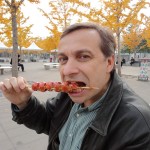 The weekend started with a very welcome email. Alexandra Owens, the Executive Director of the ASJA Educational Foundation, wrote to tell me, well, I’ll let her say it in her own words:
The weekend started with a very welcome email. Alexandra Owens, the Executive Director of the ASJA Educational Foundation, wrote to tell me, well, I’ll let her say it in her own words: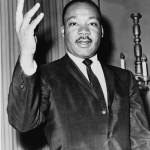 Today is the anniversary of the 1968 assassination of Dr. Martin Luther King, the famed civil rights leader. He was shot April 4th while standing on the balcony outside his room at the Lorraine Motel in Memphis, Tennessee. Dr. King’s contributions and impact on American society are well known, and yet immeasurable. The following short YouTube clip explains the assassination well:
Today is the anniversary of the 1968 assassination of Dr. Martin Luther King, the famed civil rights leader. He was shot April 4th while standing on the balcony outside his room at the Lorraine Motel in Memphis, Tennessee. Dr. King’s contributions and impact on American society are well known, and yet immeasurable. The following short YouTube clip explains the assassination well: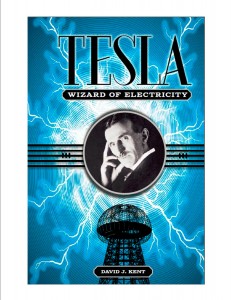
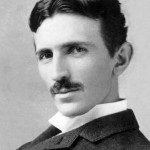 The Tesla Science Foundation is expanding. Following the success of the most recent
The Tesla Science Foundation is expanding. Following the success of the most recent 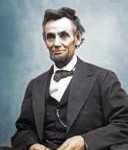 Just this year alone (so far) I have acquired 19 books on Abraham Lincoln, plus two magazines focused on specific aspects of the Civil War. Most of these are recent copyrights. The seemingly old ones in the list that follows are actually more recent reprints (e.g., Halleck 1862 is not really a first edition from that era, much to my chagrin; and the Illinois Central Railroad Company 1905 is a modern disappointment).
Just this year alone (so far) I have acquired 19 books on Abraham Lincoln, plus two magazines focused on specific aspects of the Civil War. Most of these are recent copyrights. The seemingly old ones in the list that follows are actually more recent reprints (e.g., Halleck 1862 is not really a first edition from that era, much to my chagrin; and the Illinois Central Railroad Company 1905 is a modern disappointment).